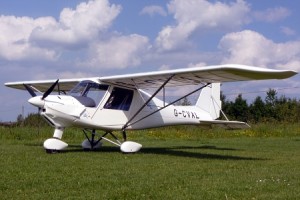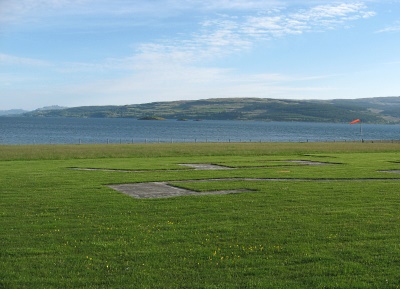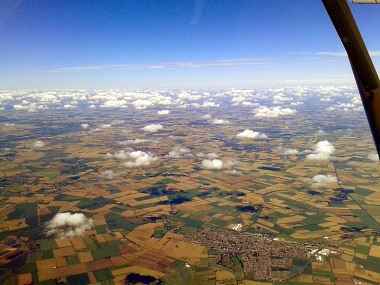Frequently Asked Questions – Part 1
These are the questions we get asked most often. This part is about the the capabilities of of modern microlights such as the C-42 we use for training. Part two is about licence, medical requirements and more about owning an aircraft.

Why learn to fly in a modern microlight?
We hear this very often, modern light sports aircraft like the Ikarus C-42s we use for flight training don’t fit the traditional perception of a microlight being a very basic aircraft.
The definition of a microlight is an aircraft that has a maximum take-off weight of 600kg for a 2 seat aircraft and a stalling speed no higher than 45 knots (50 mph.) Prior to 1993 the maximum take-off weight for a microlight was 390kg. It was the change up to 450kg, and then 600kg in 2021, that has allowed almost all 2 seat light aircraft now being certified for recreational flying to be termed microlights. These modern microlights are often better equipped and have better much performance than the heavier American aircraft from the 70s and 80s that are still traditionally used for pilot training, technology has moved on a lot since the 1970s.
The more traditional looking microlights from the 1980s and 90s are still around. The vintage microlights offer simple back to basics grass roots flying, most are built to the same very high standards as more conventional looking aircraft.
How far can you fly?
As far as you like, several people have flown around the world in microlights. Touring in France and Ireland is popular as is visiting UK islands such as the Isle of Wight and Isle of Man.

Flying makes it easier and quicker to visit places that are hard to access over land and a stunning view from the air beats sitting in the traffic below.
Not all pilots are into longer journeys however, many of our club members prefer flying around the local area, there are numerous local airfields to visit and flights along the scenic Norfolk coast to Cromer or across the Wash to Skegness are popular.
What else can I do on site?
If you’ve ever fancied doing a parachute jump, our airfield is run by North London Skydiving the UK’s premier tandem skydiving club.
What’s the range of the aircraft?
The C-42’s fuel tank can hold upto 65 litres of fuel, enough to get from Chatteris to Inverness before refuelling, or across the channel and well into France.
What fuel do you use?
Our modern engines use unleaded petrol, which is cheaper than Avgas. Avgas is the high octane leaded petrol used by many older aircraft. The lead in Avgas is not good for our engines in the long term, so while we can use it, we avoid using it unless we need to.

How high can you go?
Typically we fly between 1500ft and 4000ft. In places such as the area around Chatteris airfield where there is no controlled airspace above us, we are only limited by the lack of oxygen at very high altitudes.
Are microlights safe?
Microlight aircraft are safe and very tough, they are stressed to take +4g to -2g in flight. They are as safe as the pilots flying them. Rarely but unfortunately a few pilots will do dangerous things like deliberately flying into cloud or letting airspeed get far too low while in a turn close to the ground. We will teach you how to fly safely. Post licence, as with driving and many other activities, it’s ultimately up to you how safe you decide to be.
Are there restrictions on where you can fly?
Chatteris airfield sits in the middle of a large area of uncontrolled airspace so we have few restrictions.
In congested areas with multiple airports nearby such as around London we are restricted to flying below certain heights. Aircraft are are not allowed to fly into Control Zones (the area immediately surrounding an airport) without permission.
There are a few Military Aerodrome Traffic Zones such as Marham and Lakenheath/Mildenhall around, and we ask to transits these if we want to take a direct route though.
Our aircraft are all now transponder equipped. A transponder tells air traffic controllers exactly where we are and how high we are, this makes it easier for them to keep track of us as we transit their airspace, which in turn makes it easier for us get permission to cross. We are have pilot aware onboard which means we can see other traffic.
Next Page 2 Getting a licence and buying an aircraft
